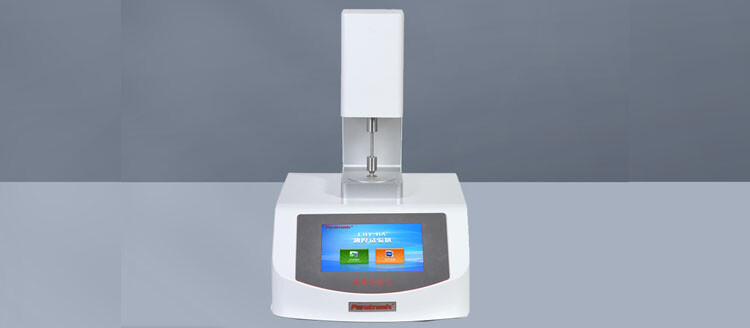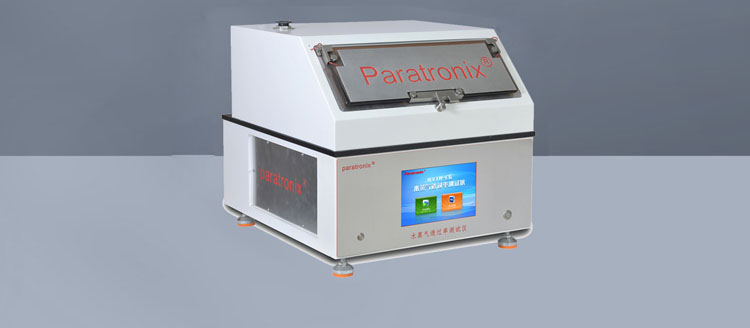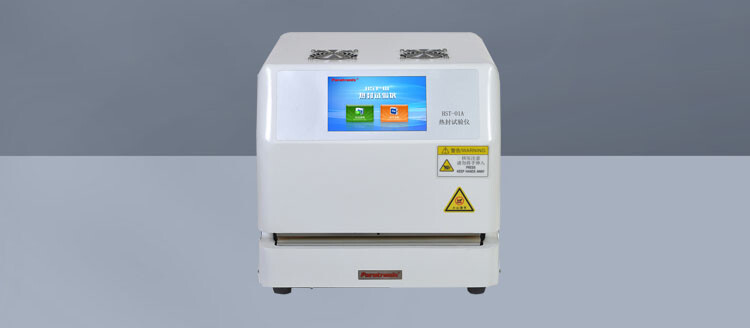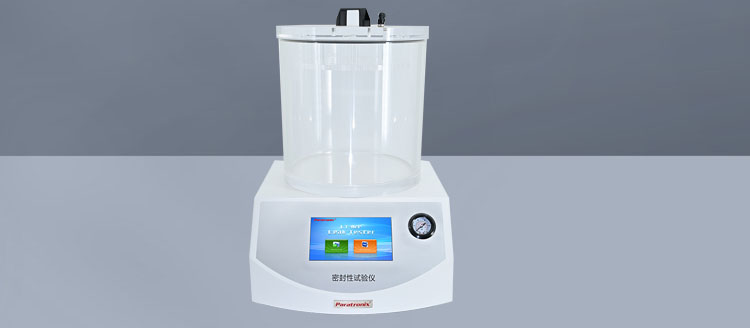Recent Posts
 Maintenance methods for thin film thickness detection instruments2025-12-15
Maintenance methods for thin film thickness detection instruments2025-12-15 Method for detecting the opening tension of food chain self sealing bags2025-12-03
Method for detecting the opening tension of food chain self sealing bags2025-12-03 Packaging industry testing instrument - moisture permeability tester2025-11-26
Packaging industry testing instrument - moisture permeability tester2025-11-26 What testing instruments are used for testing the heat sealing performance of thin films?2025-11-20
What testing instruments are used for testing the heat sealing performance of thin films?2025-11-20 Precautions for using negative pressure seal detector2025-11-10
Precautions for using negative pressure seal detector2025-11-10
ASTM D1653 is a critical standard developed by ASTM International that outlines test methods for measuring the water
vapor transmission rate (WVTR) of organic coating films. This standard is essential for industries relying on protective
coatings, including automotive, aerospace, construction, and packaging, where moisture resistance directly impacts
product performance and longevity.
Importance of Water Vapor Transmission Testing
Water vapor transmission through coatings can lead to corrosion, delamination, and reduced durability. ASTM D1653
provides reliable methods to assess a coating's ability to resist moisture permeation, helping manufacturers:
Ensure coating effectiveness in humid or wet environments
Compare different formulations for optimal barrier properties
Meet regulatory and industry requirements for moisture resistance
Testing instrument:WVTR-C6 Water Vapor Permeability Tester
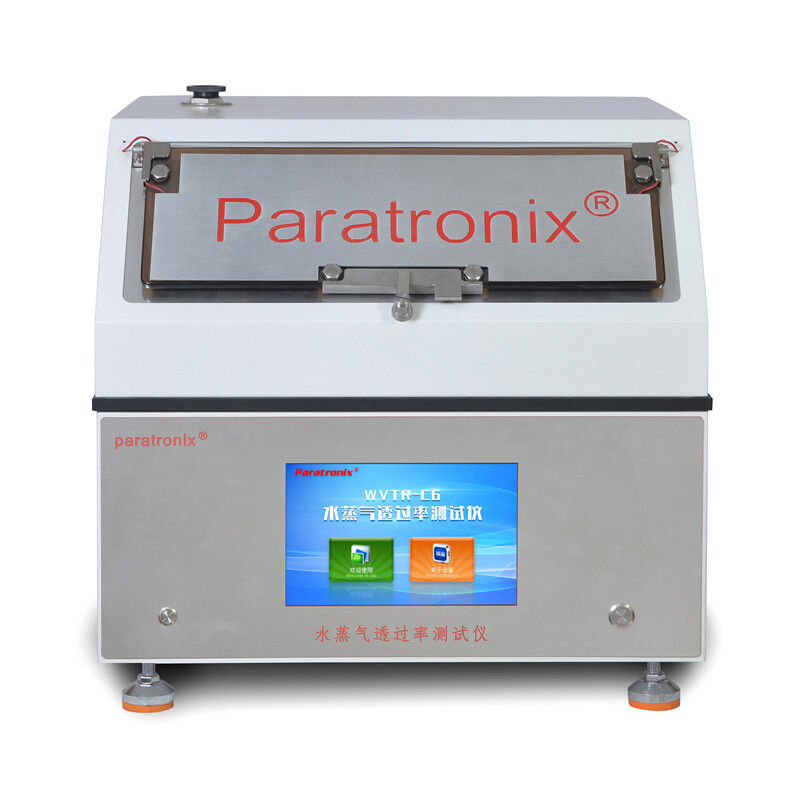
Key Test Methods in ASTM D1653
The standard describes two primary methods:
1. Desiccant Method (Dry Cup)
Measures water vapor transmission from a humid environment into a desiccant-filled chamber
Coated specimens are sealed over a dish containing a desiccant (e.g., anhydrous calcium chloride)
Weight gain over time determines WVTR
2. Water Method (Wet Cup)
Evaluates transmission from liquid water through the coating into a controlled atmosphere
The specimen is sealed over a water-filled dish, and weight loss is monitored
Both methods require controlled temperature and humidity conditions (typically 37.8°C ±1°C and 90% ±2% RH) for
accurate results.
Applications in Industry
ASTM D1653 is widely used for:
Protective coatings (anticorrosive paints, sealants)
Packaging materials (food, pharmaceutical barriers)
Architectural coatings (exterior paints, waterproofing membranes)
Conclusion
By adhering to ASTM D1653, manufacturers can ensure their coatings meet stringent moisture resistance standards,
enhancing product reliability. Implementing this test method supports quality control, R&D improvements, and
compliance with industry specifications.
Leave A Reply
Search by Keywords

